Toddlers are so inquisitive. My son loves to ask “What is it?”. He just wants to know everything there is to know about everything around us. And yes the question gets annoying sometimes but I thought that might be a great way to learn about all things around us. So What Is It is our science project for toddlers and preschool.
To make sure it’s a part of every day if he doesn’t ask a question we have a list of things to think about and learn. Now, all we need is the question: “What is it?”.
What Is It Liquids
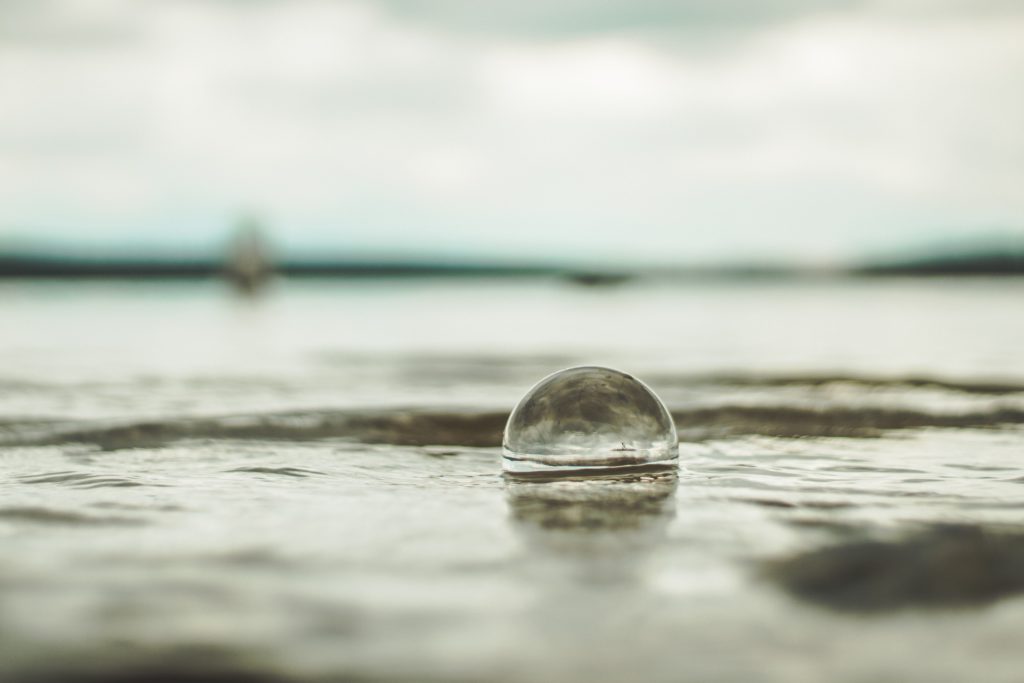
If it’s sticky, slippery, or slimy it’s great fun. Messy, but fun. It’s time to learn about weird smells, different densities, and colors you can create with liquids.
Honey
Sticky and sweet, honey, can be a fun thing to play with outside. See what will stick in honey. See if your fingers stick together. What can we make or do with honey? Here’s a recipe that uses honey instead of sugar.
Dish Soap
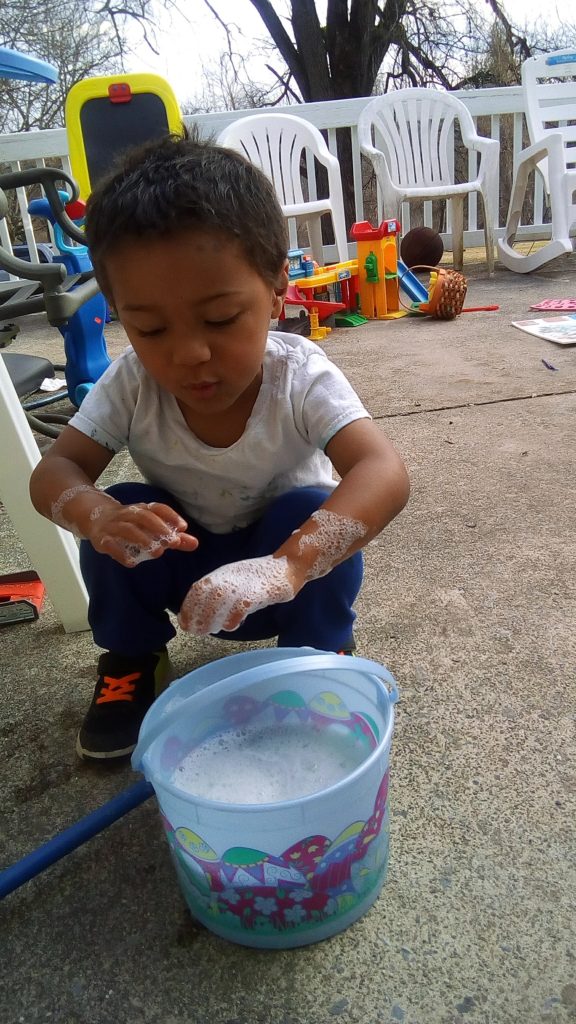
Slippery and bubbly, dish soap. You can clean with it. You can make bubbles with it. Fill a bucket with water and dish soap and play. How does soap make things clean? Does it pick up the dirt or does it make things slide off? How do bubbles work? Do they capture air? Why do bubbles pop?
Oil
Does oil feel slimy? Can it make other things slide? Does it float or sink in water? Take a sheet pan and some plastic pieces (buttons, small animals, or board game pieces) and see how they move. Coat the pan with cooking oil and see how much faster the pieces move now. Now you can talk about friction.
What Is It Solids
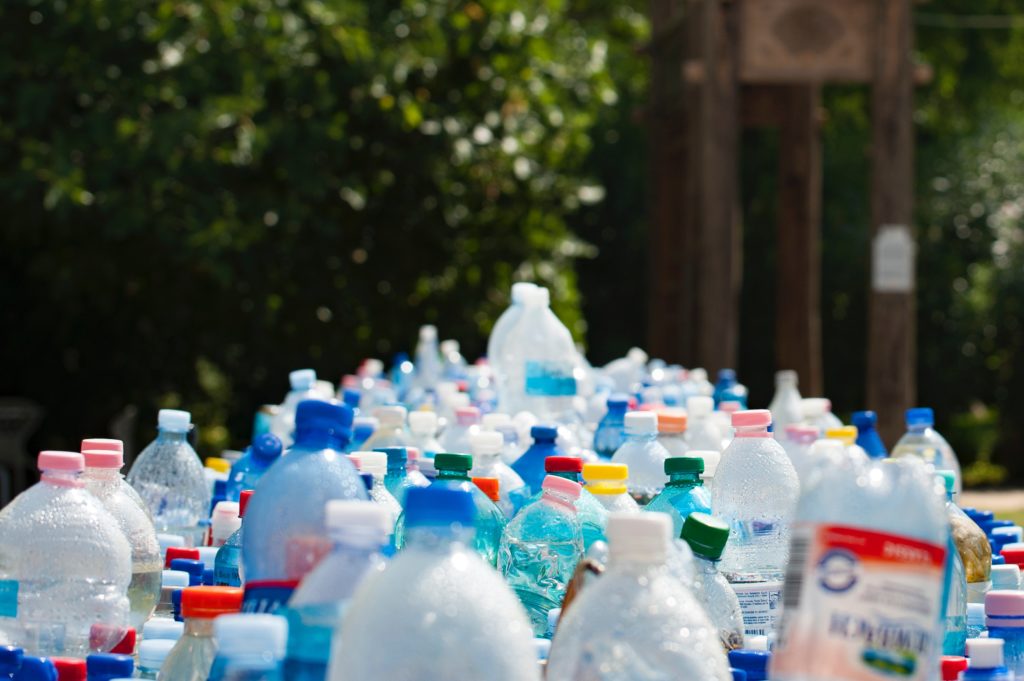
If could be a hard piece of plastic or a powder or a leaf. Use your senses to examine it. Mix and explore.
Dirt
There are so many different kinds of dirt. Colors, textures, and even the smells are different. Let your child dig in your garden before you plant, dig some up around a creek, or around the edge of your house. Wherever you go you will probably find a different type of dirt to explore. Even if you don’t know what each type of dirt is called you can talk about the dirt that is good to plant in, dirt that can stick together and can make things, dirt that has small rocks in it. And you can always make mud pies.
Sand
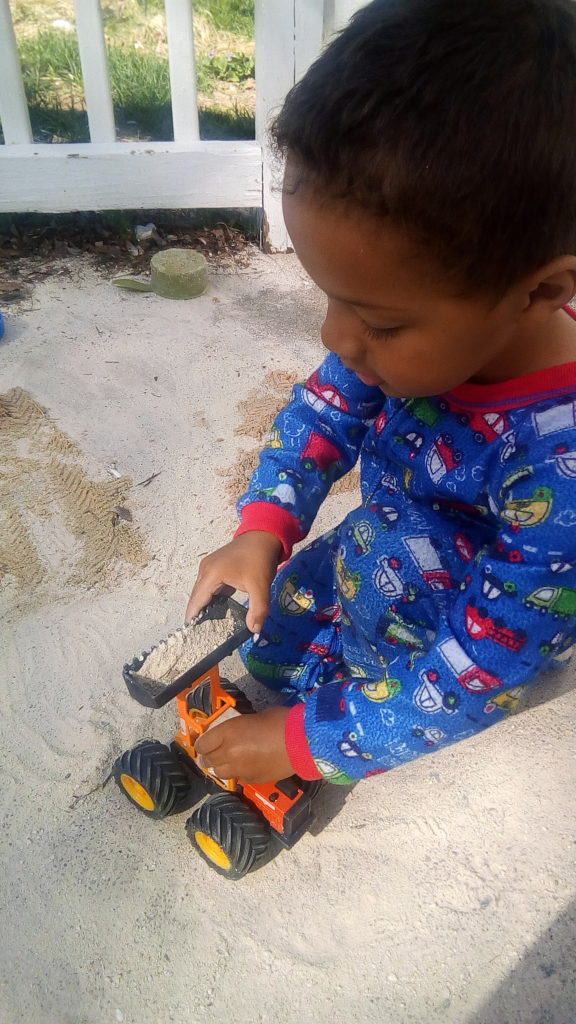
Do you have a sandbox? You should. We use a 10 gallon Rugged Tote from Walmart. That means we have a lid that not only shuts but shuts well enough to keep the rain out. I feel like we will get a regular size sandbox eventually but we don’t need it yet. There’s plenty of space for my three-year-old to be happy.
Flour
Flour sticks to you. You can make handprints with it on your house (outside 
What Is It Mixtures
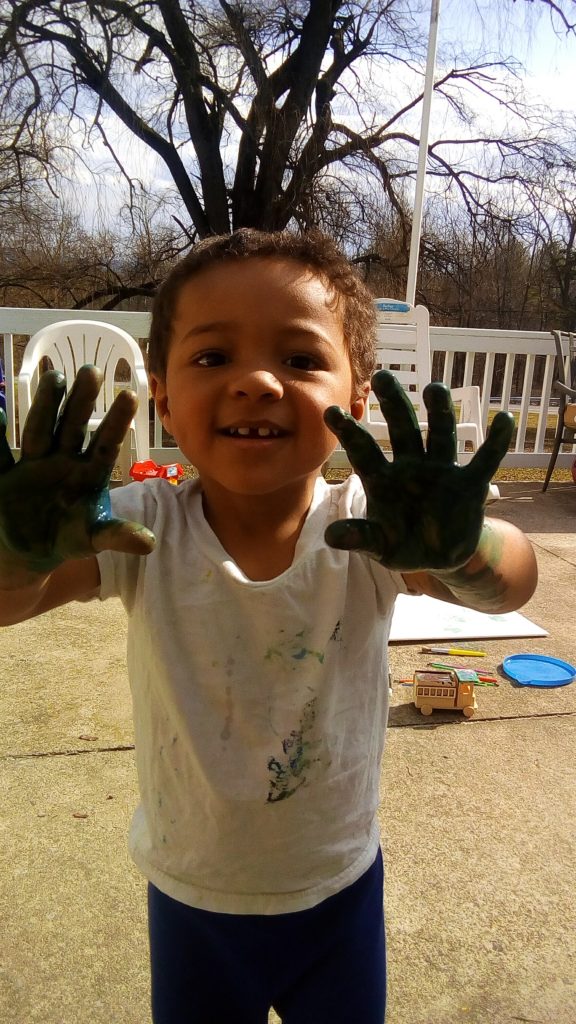
What happens when you mix liquids or mix solids or mix liquids and solid? Time to find out.
Vinegar and Baking Soda
It’s a classic. You probably did for a project in school. It’s totally safe to mix and let your toddler check out the reaction. It’s also super cool. You can build your own volcano and watch it erupt or just use a cup and watch everything overflow.
Sugar or Salt and Water
Let’s see how much we can dissolve in water. When does water have too much sugar or salt? Start with a cup of water and add teaspoons full of sugar or salt until you can see it in water. If you have your child’s attention you can try the other one and compare them. If not save it for another day.
Flour, Water, and Food Coloring
Does your toddler love to finger paint? The right combination of flour, water, and food coloring gives you cheap finger paint. Experiment and see if you can make your own recipe.
Milk, Food Coloring, and Dish Soap
In a bowl or dish of milk add a drop of food coloring of each color. Then use a cue tip dipped in a little dish soap. Watch as the milk churns. The more fat in the milk the more it churns. Try full fat, 2% and skim. The colors dance and combine. Don’t drink this one.
What Is It
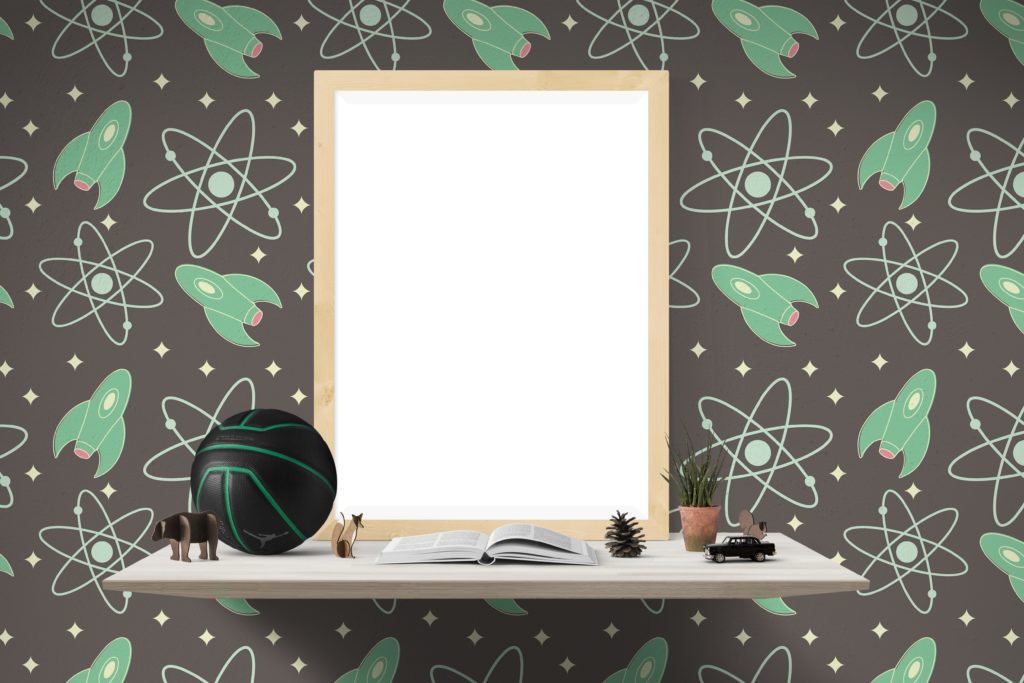
Science is cool. Remember you don’t have to be good at science to teach your toddler. They will ask the questions. You don’t have to have the answer. Just try to find out. If you want to learn more check out these STEM projects on Pinterest.
And if your little one is getting a little older you can join us in our bug-themed month with this free ant coloring page for Aiden’s Kindergarten. Download below and check out our Kindergarten Routine.
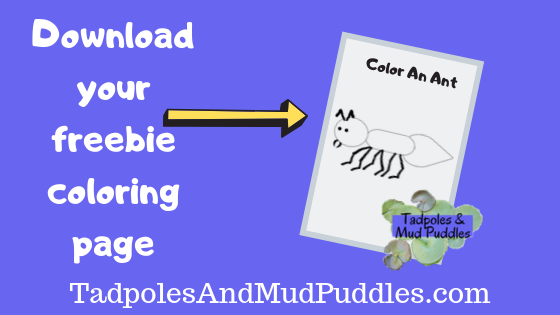
Related Post: Kindergarten Routine
Pin it for later

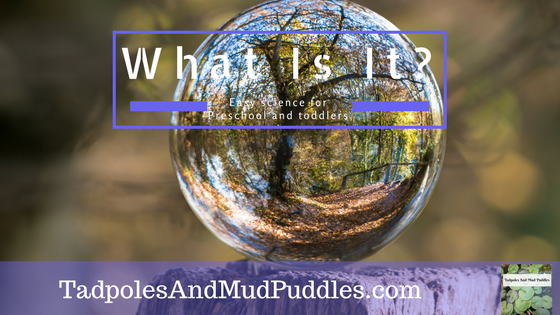
Oh this is wonderful! Often, in our homeschooling support group’s fb page, there would be moms asking how to start teaching their very young kids. And often, we would say hands on activities and experiments. I’ll share this one in there so they will have some ideas on how to do it. we did a lot of the ones in the list, especially the vinegar and baking soda combo.
This is an awesome learning activity for kids! I’ll have to do this when my son is older!
These are such fun and creative ways to let your toddler explore and learn! My toddler loves playing with dishwater and popping the bubbles!
Such fun, educational ways to teach kids basic science! You’ve given me ideas for plenty of other common ideas we have around that I could use, too
Such a fun science lesson. I homeschool and science is a hard subject when it comes to hands on activities. I hate mess. This is simple, fun, and a mess I can handle!
My 2 year old asks “what’s this” about 100 times a day, so much curiosity! I love these ideas and will need to do this with him!
These are great ideas! I want to try some of these with my 3 year old. Thanks!
This is a great article. I love that you stick with the basics which are the foundations of science. It gives them fun activities while learning real life properties!
I homeschool my kiddos. I totally have to try this idea with my preschooler and baby!
This is such a creative and unique post. I cannot wait to try these ideas with my son. Thank you so much for sharing this with us, friend.
This is indeed a good way for kids to learn since kids are really curious about anything. It is fun and at the same time educational. Thanks for sharing!
What a fantastic idea you had that stemmed from your son’s love of questioning everything around him. What Is It sounds like the perfect game for making teaching and learning enjoyable. Science is cool. It always was, and it always will be.
I am a school counselor and love seeing education made fun and relateable for young kids. Great post!